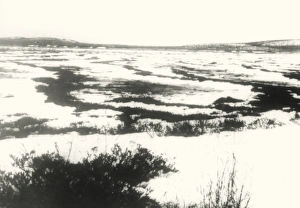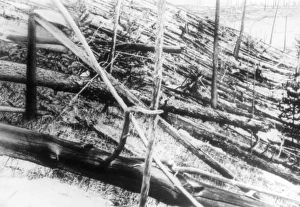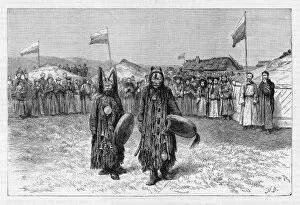Tunguska Collection
"Unveiling the Mysteries of Tunguska: A Journey through Time and Space" Step into the captivating world of Tunguska, where history intertwines with enigmatic events
All Professionally Made to Order for Quick Shipping
"Unveiling the Mysteries of Tunguska: A Journey through Time and Space" Step into the captivating world of Tunguska, where history intertwines with enigmatic events. This chromolithograph from 1895 showcases an Asian ethnicity Tunusic Shaman from Turukhansk, Siberia, Russia. Little did they know that their homeland would soon become synonymous with one of the most baffling occurrences in modern times. On June 30th, 1908, near the Podkamennaya Tunguska River, a cataclysmic event shook the region to its core – The Tunguska Event or Explosion. With no apparent cause or warning, a massive explosion erupted in the sky above Siberia. The aftermath was devastating; trees were uprooted and flattened for miles around as if nature itself had been caught in a cosmic storm. The source of this extraordinary phenomenon? A meteorite hurtling towards Earth's surface at an unimaginable speed collided with our planet's atmosphere. Its sheer force unleashed an explosion equivalent to thousands of atomic bombs detonating simultaneously. This rare occurrence left behind scars etched into history - remnants of destruction that still puzzle scientists today. As we delve deeper into this captivating narrative, we encounter glimpses of iron and nickel pellets scattered across Siberian landscapes - tangible evidence linking back to that fateful day. These metallic fragments hold secrets waiting to be unraveled by scientific minds seeking answers about our universe's mysteries. The Podkamennaya Tunguska Valley witnessed firsthand the devastation caused by this celestial visitor. Trees stood witness to nature's fury as they bore marks from intense heat and pressure waves generated during impact - silent witnesses forever marked by an event beyond human comprehension. Over time, researchers have tirelessly studied these relics from space while exploring theories surrounding what truly transpired on that unforgettable day in 1908.





















